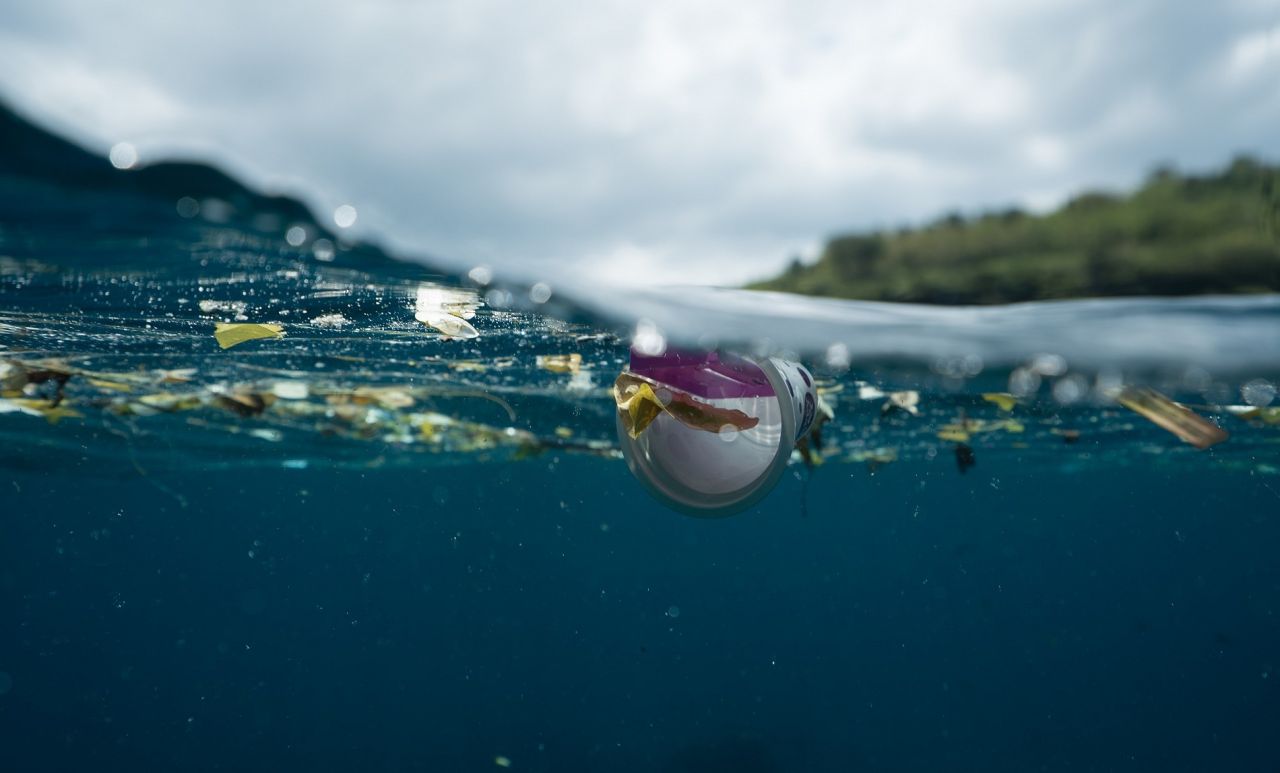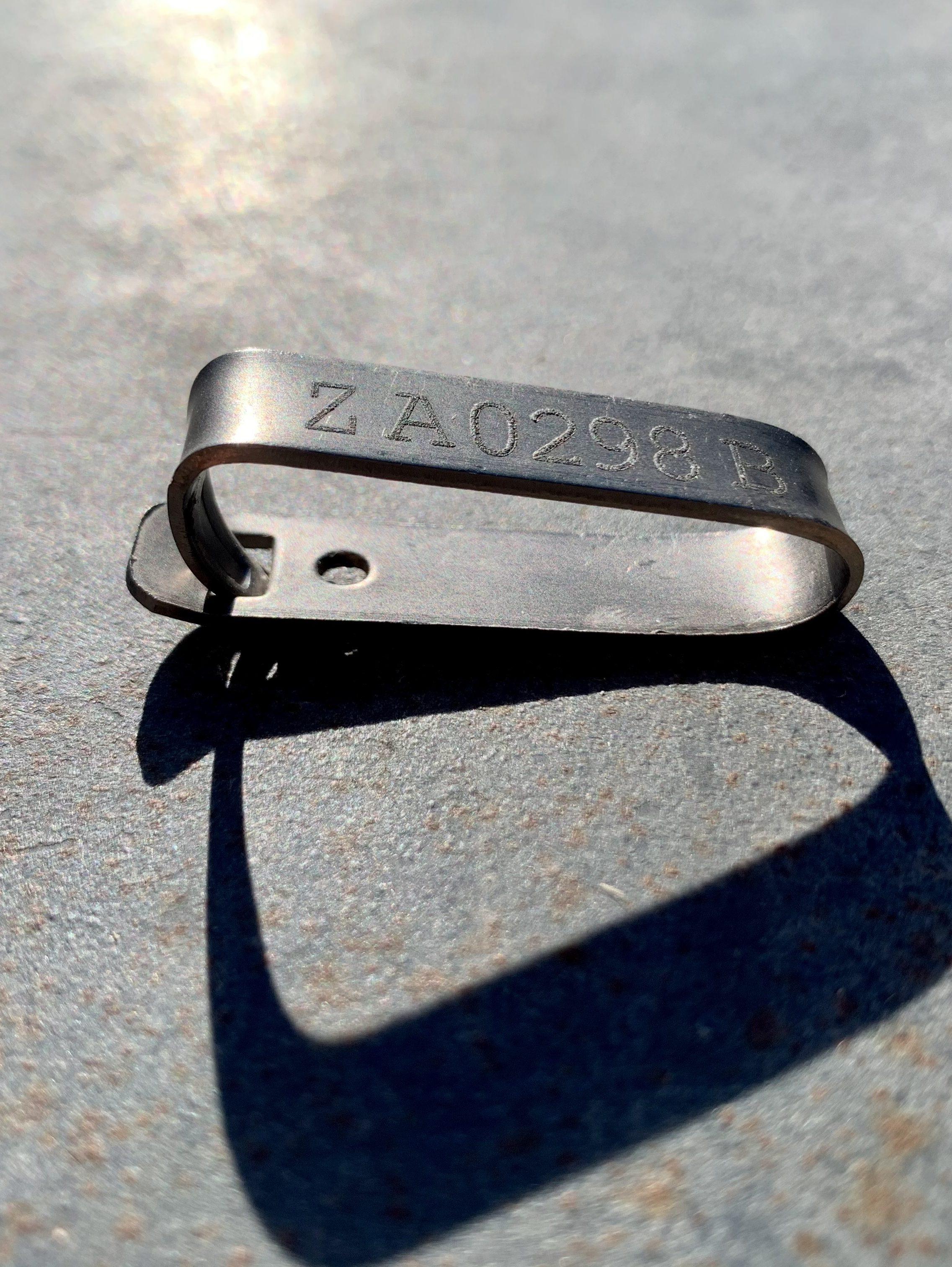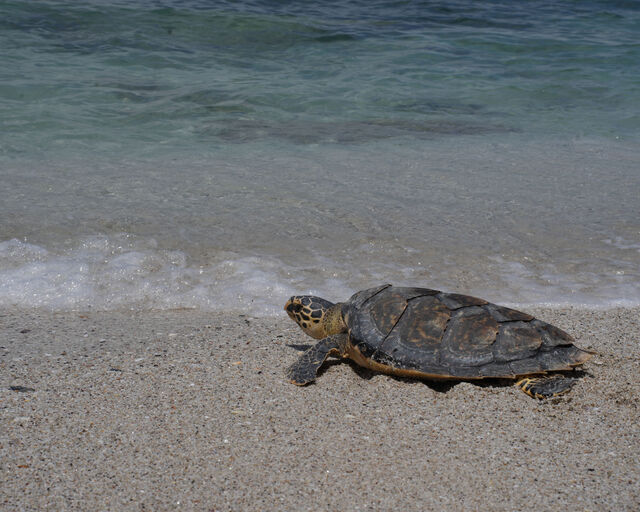Until now, our spending behaviour is quite linear – we buy, we use, we throw away. This might be the most convenient way to go about it, but the billions of tons of waste generated are quickly coming back to haunt and hurt us!
Sources: 1) . Crude oil and gas are the building blocks of plastic production. 2) Plastics cannot biodegrade, and instead, break down into smaller particles called microplastics. 3) Thermoset plastics, such as insulation and car parts, cannot be recycled. 4) It can take up to 700 years for plastic to decompose in a landfill.
Fortunately, there is now an entirely new and refreshing way of thinking about plastic and all the things we use and buy. This new model diverts from the linear way of thinking to a more circular model in which the component parts of the products we used can be extracted, reassembled, and reused for something else. This means that we avoid waste and ensure that all used resources remain within the loop. This ultimately means that our ocean is kept clean and the sea animals - like Bob, who is returning to the wild, have a healthy place to call home.
How do we implement this strategy?
- Refuse: Avoid items that you do not need, especially disposable and single-use items.
- Reduce: Make use of fewer resources and minimise things you do not need.
- Reuse: Buy and use second-hand items, and if possible, consider swapping.
- Recycle: If you come across items that you cannot refuse, reduce, or reuse, remember to recycle them.
- Rot (compost): whenever and wherever you can return to the earth!
Why implement this strategy?
Our throw-away culture has resulted in more waste than we, and our oceans can handle. Every year, as much as 12.7 million tonnes of plastic end up in our ocean, which is a massive waste! There is no reason for wasting this much plastic, especially because of its strength and the precious oils it contains – let’s reuse it!
128.42kg of trash picked up at Muizenberg Beach, that if not collected, would've most likely ended up in the ocean.
Because its nearly-indestructible, plastic does not simply disappear. Instead, when exposed to the sun, it breaks up into smaller pieces. These pieces are then mistaken for food by many of our marine animals. Small animals eat these tiny pieces of plastic. When animals begin feeding on each other, these pieces accumulate and eventually end up on our plates. It’s a vicious and unnecessary cycle.
Making a difference means steering clear of the idea of using things once and then throwing them away. Unfortunately, plastic can never really be thrown “away”, as it is not biodegradable. In fact, 79% of all plastic made still exists today, in some shape or form.
The Flipper Effect: Protect Bob's Home
Bob is on the brink of release back into the borderless wilds of the open ocean after eight years of difficult rehabilitation. As we are preparing to release him, we realise we won't be able to protect him anymore. The reality is simple: The ocean is not safe for turtles. Together we can change that. Bob will be facing many of the same human-caused threats that resulted in his stranding in the first place, and which are the cause of harm to the overwhelming majority of distressed sea turtles
In order to create an ocean that is safe for Bob and all other creatures that call it home, we must continuously take small actions towards protecting it - these small actions compound into big change. This is #TheFlipperEffect!
If you're looking for a good place to kick your journey off, consider taking the 28-Day Challenge with Ocean Pledge and the Two Oceans Aquarium to do more to protect Bob's home!






